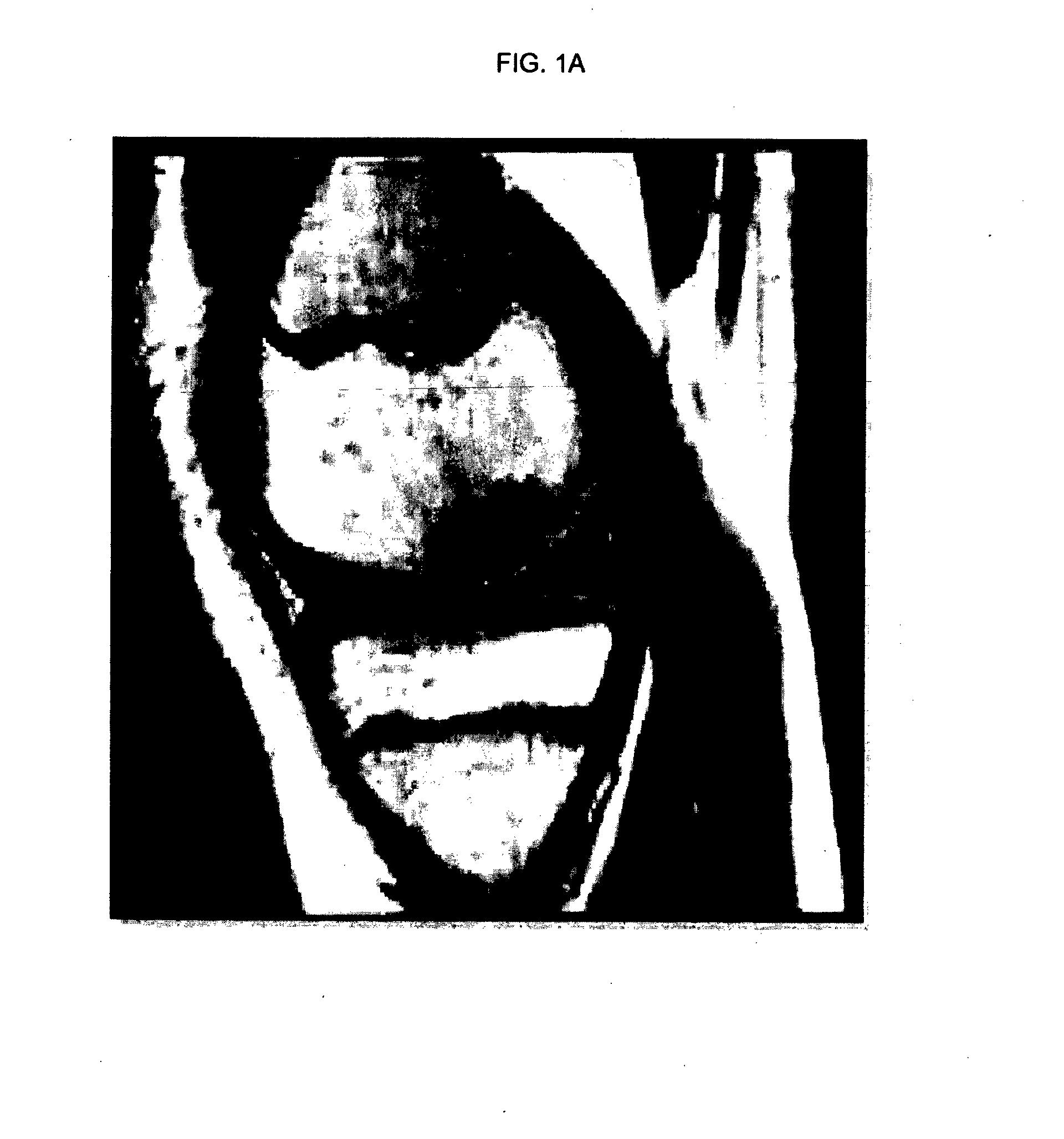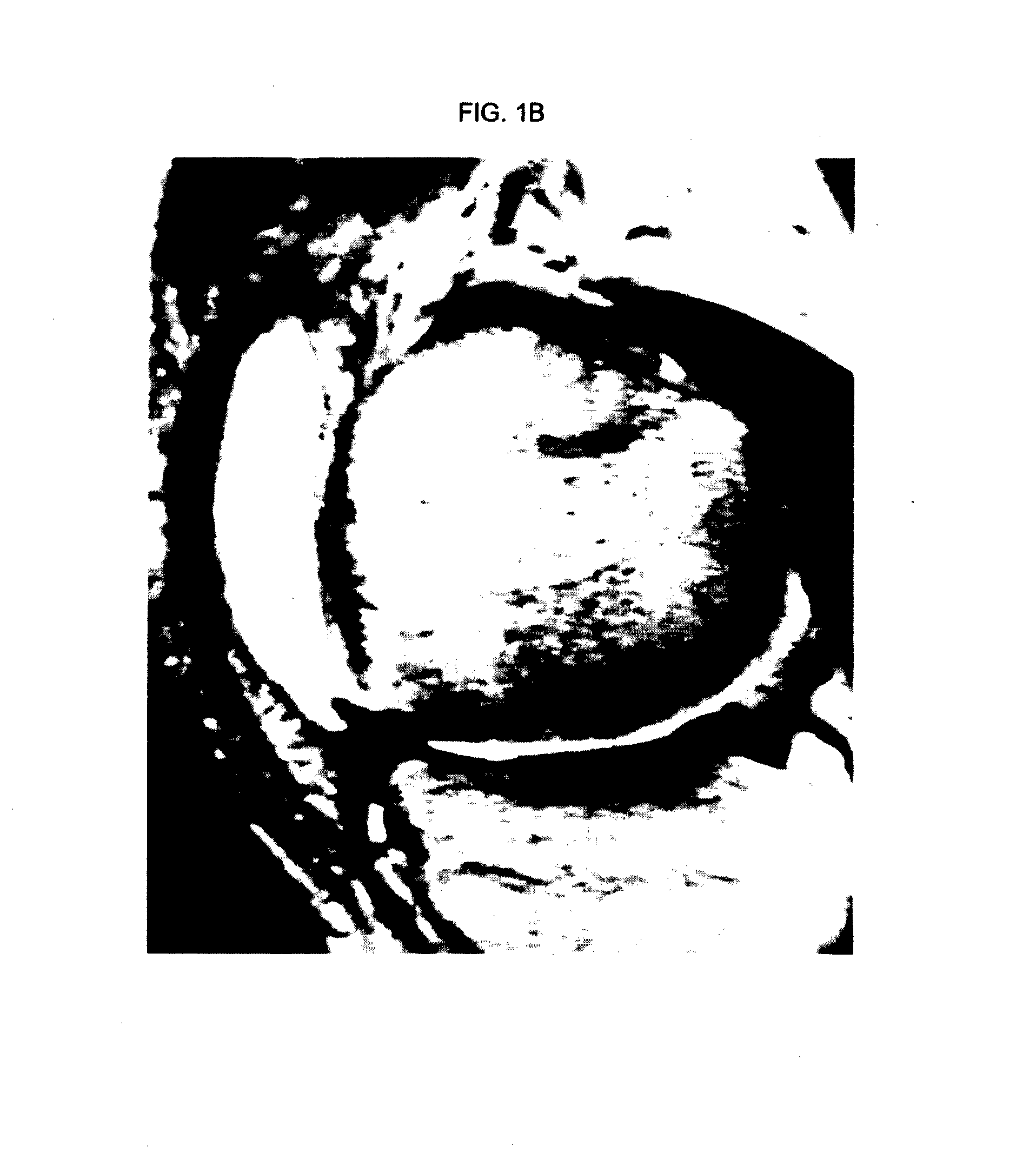Treatment of bone marrow edema (oedema) with polysulfated polysaccharides
- Summary
- Abstract
- Description
- Claims
- Application Information
AI Technical Summary
Benefits of technology
Problems solved by technology
Method used
Image
Examples
examples embodiments
[0058]A. A method for the treatment of bone marrow edema in a mammal comprising administering an effective amount of a polysulfated polysaccharide including salts thereof, to a mammal in need of such treatment.
B. A composition comprising an effective amount of a polysulfated polysaccharide including salts thereof, and a pharmaceutically acceptable carrier for the treatment of bone marrow edema in a mammal.
C. Use of a polysulfated polysaccharide including salts thereof, in the manufacture of a medicament for the treatment of bone marrow edema.
D. A method according to Example Embodiment A, a composition according to Example Embodiment B or a use according to Example Embodiment C wherein the polysulfated polysaccharide is selected from the group consisting of high molecular weight heparin, low molecular weight heparins, the heparan sulfates, pentosan polysulfate, chondroitin polysulfate, chitosan polysulfate, dermatan polysulfate sulodexide, dextran sulfate, polysulfated inulin, sulfat...
example 1
[0059]A male subject (PR) aged 53 years in good general health while jogging on the footpath stumbled and fell laterally striking the pavement with his right knee. Next day the knee was swollen and extremely painful and when examined by a medical practitioner was diagnosed as avulsion of the collateral ligament attachment to tibial bone. This diagnosis was confirmed by MRI that also showed the presence of a large subchondral BME in the femoral subchondral bone (FIG. 1A). Five days after sustaining the injury surgical repair was undertaken to re-attach the free ligament bone insertion to the tibia. However the knee pain persisted thereafter and was not relieved by use of analgesics or NSAIDs. Five weeks after the surgery a course of PPS, 100 mg / ml injections administered intramuscularly twice weekly for 5 weeks was initiated (total of 10 injections). After receiving the 6th injection, the pain and joint swelling had disappeared and one week after completion of the PPS course of injec...
example 2
[0060]A retired female figure ice-skater (JP), 26 years of age and in good health, fell heavily on her ankle while moving house. The ankle showed extensive bruising and she rested the joint for one week and to some extent the pain was relieved. However, the pain was still intense on weight-bearing and JP consulted her orthopaedic foot specialist who referred her to a physiotherapist for treatment. After 6 weeks of physiotherapy the swelling and bruising had declined but pain originating from the ankle joint was still present, particularly on weight-bearing. A second visit to the orthopaedic specialist resulted in a MRI scan that revealed BME in the impacted bones of the joint. Although JP was advised to continue physiotherapy by her orthopaedic specialist, the pain still persisted but would have been resolved by a course of 6 subcutaneous injections of PPS (100 mg) over 10 days.
PUM
| Property | Measurement | Unit |
|---|---|---|
| Mass | aaaaa | aaaaa |
| Dimensionless property | aaaaa | aaaaa |
| Composition | aaaaa | aaaaa |
Abstract
Description
Claims
Application Information
 Login to View More
Login to View More - R&D
- Intellectual Property
- Life Sciences
- Materials
- Tech Scout
- Unparalleled Data Quality
- Higher Quality Content
- 60% Fewer Hallucinations
Browse by: Latest US Patents, China's latest patents, Technical Efficacy Thesaurus, Application Domain, Technology Topic, Popular Technical Reports.
© 2025 PatSnap. All rights reserved.Legal|Privacy policy|Modern Slavery Act Transparency Statement|Sitemap|About US| Contact US: help@patsnap.com


